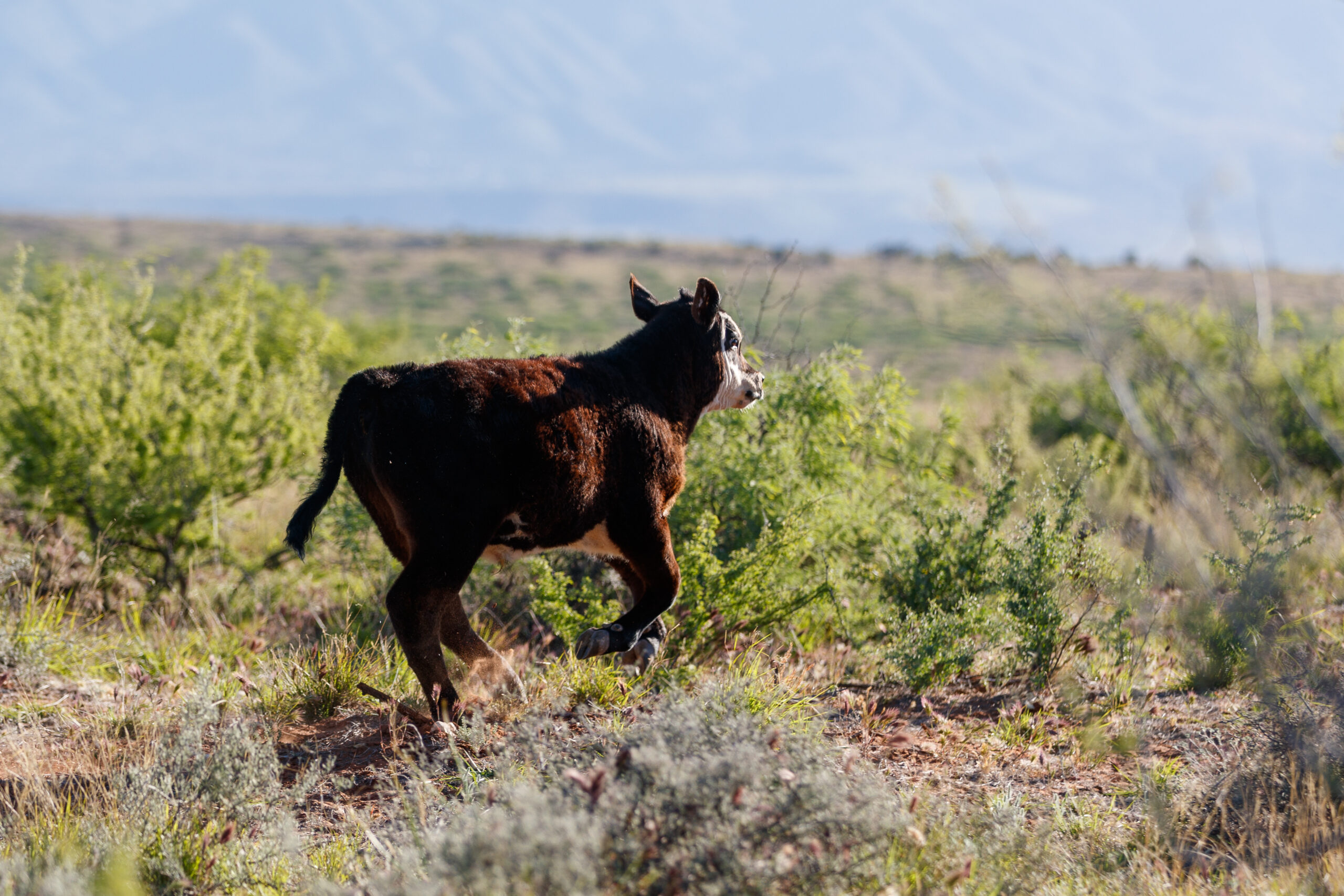The Arizona Association of Conservation District and the Chino Winds Natural Resource District went before the Yavapai County Board of Supervisors during the board’s April 26 budget meeting to propose plans for a rangeland monitoring project across the Prescott National Forest and the hiring of a full-time range technician and seasonal workers to provide more rangeland data. The proposal was received favorably by the Board.
“This is a very important ask,” Yavapai County Board of Supervisors Vice Chairman Harry Oberg said. “We’re looking at $20,000 a year for five years [for the county’s contribution to the project]. I think that’s a pretty low cost to us to start to get the proper management and understanding of our pastures and seeing whether or not we can have a good methodology to determine what our carrying capacity is on the land.”
A focused range monitoring program in Yavapai County has been needed for years and would require annual reapproval if authorized. The county has already entered into a memorandum of understanding with the the Chino Winds National Resource Conservation District to establish this process and a draft is anticipated to be released in the near future.
Natural resource conservation districts are local government units responsible for implementing conservation activities such as soil heath and water quality. The Department of Agriculture’s Natural Resource Conservation Service supports NRCDs with technical assistance and funding. In Arizona, natural resource conservation districts are managed by the Arizona State Land Department.
“We’re trying to monitor all the grazing allotments on Prescott National Forest,” Chino Winds NRCD Chairman Gail Steiger said. “Instead of it just being the Forest Service telling everybody else what to do, we’re hoping it’ll be a team effort that will involve the Forest Service, all the permittees and our rangeland review.”
Fifty-eight grazing allotments are currently active within the Prescott National Forest. These use adaptive management to balance the allowed number of cattle with water availability and food supplies.
Monitoring the effects of cattle on rangeland across those allotments is made more challenging by the number of unfilled rangeland monitor positions and underfunding.
George Ruyle, a range management specialist at the University of Arizona, said that these deficiencies result in numerous data gaps. Ruyle also pointed out that a lack of data can negatively affect cattle operations.
“In the complete absence of data, if the Forest Service as the regulatory agency makes a decision that is not in the ranchers’ favor, then the ranchers would have no information to rebut it,” Ruyle said. “Plus, it makes federal decisions not necessarily defendable without data. So everybody benefits from having enough data to make adequate decisions.”
Weather and Climate
The proposed rangeland monitoring program will not affect Forest Service regulatory decisions, such as allowable herd size.
However, the condition of rangeland in Yavapai County has greatly improved due to recent precipitation and ranchers would like to see existing limitations eased.
“The range looks great right now,” Ruyle said. “We’ve had two good summers in a row, and then a good winter. Hopefully we’ll get a good summer, [because] much of the grass species up there are warm season grasses and they rely on the summer monsoon.”
This has caused a disagreement between ranchers and the Forest Service, as Yavapai County is now out of drought conditions, Ruyle said.
The Arizona Department of Water Resources stated that all of Yavapai County is showing “no measure of short-term drought” in its April 11 monitoring report.
“There are several permittees who have been here a long time who say, “Hey, we’ve had a great recovery … now we should be adjusting things upward,”” Steiger said. He observed that the
allowed herd size at his ranch had been cut from about 260 head to 90 head because of the drought.
“We’re back to about half of what our permits are for. I know there’s a bunch of people that want their full numbers back. We’re not going to do that on this ranch. It takes more than one [wet] season to really make a long-term change.”
The Prescott National Forest’s management plan states that “the prospect of future droughts becoming more severe because of global warming is also a significant concern.”
However, Ruyle said he doesn’t have any data to show that the area’s rangeland is currently aridifying



